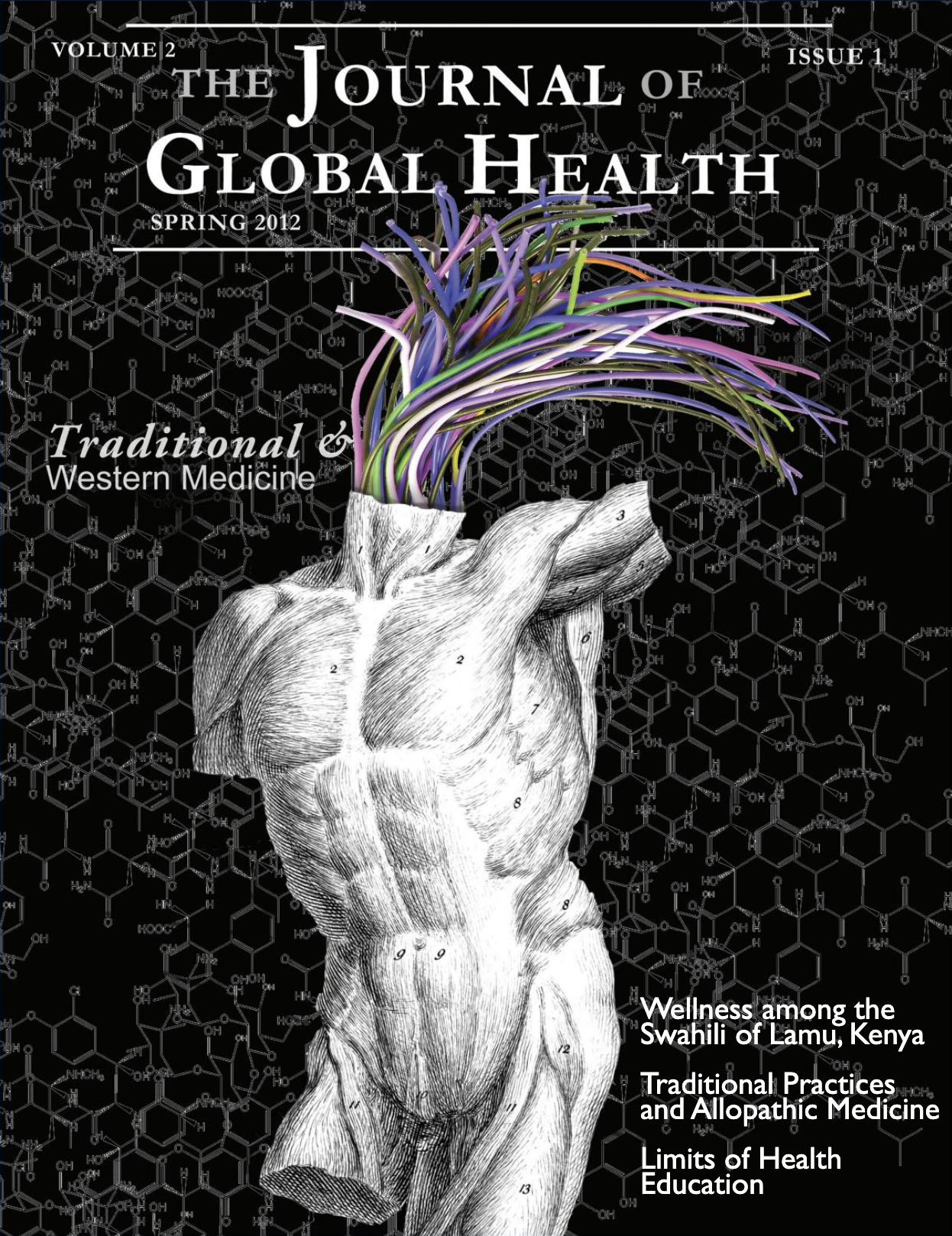Autism in China: A biosocial review
Main Article Content
Abstract
With a true artist’s musicality, Jordan stands up before his peers at NYU Steinhardt’s Nordoff-Robbins Center for Music Therapy to play an improvisational xylophone solo. In Kunming, China, at the MoreToBaby Center for Mental Health Therapy, Chenxuang enthusiastically beats his tambourine to the tune of a Chinese children’s rhyme.
Though thousands of miles apart, Jordan and Chenxuang have much in common—they are both five-year old boys who have been diagnosed with autism spectrum disorder, a neurodevelopmental disorder that manifests in social, communicative and behavioral impairments (CDC, 2011).
Both seem content; however, their drastically different surroundings influence the way they experience autism. Jordan plays well-crafted musical instruments in a research facility; Chenxuang plays with donated plastic tambourines in a center with fading posters, peeling paint and aging equipment. Next year, Jordan will likely return to the same building to continue his therapy; due to constant relocation and closure, it is unclear whether Chenxuang will return to the same center. Two therapists tend to Jordan and four other boys; with the center severely understaffed, Chenxuang has to have a parent attend class with him every day. Each attends one of the best centers in his respective region, yet one is underfunded compared to the other.
Such examples prompt the need for a biosocial analysis that studies the influence of environmental, social and political factors on biological diseases. After all, it is impossible to understand human behavior, abnormal psychopathology or mental health care without accounting for social and cultural phenomena (Jenks, 2005; Chiang &and Hadadian 2010; Lin, Tseng & and Eng-Kung, 1995). The relationship between symptoms and social stigma is especially worth examining because it may have a strong and enduring effect on the well-being of those who face mental health problems (Kleinman,1986; Pearson, 1995; Link et al., 1995).
Psychiatry in China is a fusion of Eastern and Western thought, a canvas onto which cultural ideas have fostered various interpretations of autism spectrum disorder. In addition, politics impact the manner in which resources are allocated for treatment. Though there have been many studies on the development of Chinese psychiatry and mental health, few have focused on the diagnosis and treatment of autism. This paper provides an overview of how historical, cultural and political factors affect an autistic individual’s experience.
Article Details

This work is licensed under a Creative Commons Attribution 4.0 International License.

